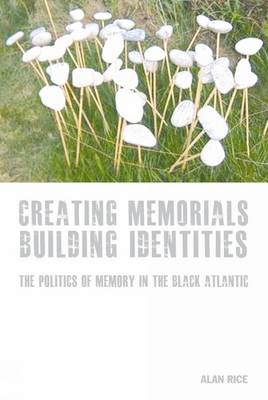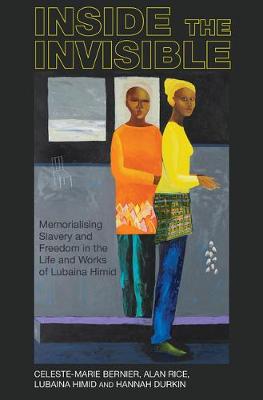Liverpool Studies in International Slavery
2 primary works
Book 3
This book investigates memorials and monuments to slavery throughout the African diaspora, but with an emphasis on Europe. It analyses not only the increasing number of physical monuments, but also the practice of remembering (and forgetting) in museums and plantation houses, and in contemporary cultural forms – visual arts, literature, music and film. A series of case studies, ranging from the 18th to the 21st century, from Senegal and Montserrat to Manchester and Paris, explore issues such as the Lancashire cotton famine, the debates around the first quayside memorial to the victims of the slave trade in Britain in Lancaster, black soldiers in World War II and the 2007 commemorations of abolition in regional museums. The book also looks at ‘guerrilla memorialisation’, its refusal to consider amnesia as an option, and the artistic interventions it has provoked.
The study promotes a wide Black Atlantic perspective, while the case studies emphasise a decidedly local approach to memorialisation. Using theoretical work on memory and memorialisation, the book expands on these ideas to include the work of contemporary thinkers and writers on the Black Atlantic, such as Toni Morrison, Jackie Kay and Caryl Phillips. Comparisons are made with monuments to the holocaust and critical writings on the way it has been memorialised.
The book interrogates a range of complex issues, and makes a case for the continuing importance of the legacy of slavery, whilst looking at what kind of monuments and memorials are appropriate and effective.
The study promotes a wide Black Atlantic perspective, while the case studies emphasise a decidedly local approach to memorialisation. Using theoretical work on memory and memorialisation, the book expands on these ideas to include the work of contemporary thinkers and writers on the Black Atlantic, such as Toni Morrison, Jackie Kay and Caryl Phillips. Comparisons are made with monuments to the holocaust and critical writings on the way it has been memorialised.
The book interrogates a range of complex issues, and makes a case for the continuing importance of the legacy of slavery, whilst looking at what kind of monuments and memorials are appropriate and effective.
Book 14
Inside the invisible
by Celeste-Marie Bernier, Alan Rice, Lubaina Himid, and Hannah Durkin
Published 19 November 2019
Inside the Invisible provides the first examination of the work of Turner Prize-winning Black British artist and curator Professor Lubaina Himid CBE. This comprehensive volume breaks new ground by theorizing her development of an alternative visual and textual language within which to do justice to the hidden histories and untold stories of Black women, children, and men bought and sold into transatlantic slavery. For Himid, the act of forgetting within official sites of memory is indivisible from the art of remembering within an African diasporic art historical tradition. She interrogates the widespread distortion and even wholesale erasure of Black bodies and souls subjected to dehumanizing stereotypes and grotesque caricatures within western imaginaries and dominant iconographic traditions over the centuries. Creating bodies of work in which she comes to grips with the physical and psychological realities of iconic and anonymous African diasporic individuals as living breathing human beings rather than as objectified types, she bears witness not only to tragedy but to triumph. A self-appointed researcher, historian, and storyteller as well as an artist, she succeeds in seeing "inside the invisible" regarding untold narratives of Black agency and artistry by mining national archives, listening to oral stories, acknowledging art-making traditions, and revisiting autobiographical testimonies.

